Author: Leonardo PilattiPhysiotherapist | Currently taking Master’s degree in Space Medicine Microgravity is a fascinating topic when it comes to the study of astronaut health. When humans are exposed to microgravity, the effects on their bodies can be quite significant. One of the first things to understand about microgravity is its effect on the musculoskeletal system. In the absence of gravity, astronauts experience a decrease in muscle mass and bone density. The lack of load-bearing activity in microgravity leads to muscle atrophy and bone loss. This can result in decreased strength and increased risk of fractures once astronauts return to Earth. Another area of concern in microgravity is cardiovascular health. On Earth, gravity helps to pump blood towards the lower extremities. In microgravity, this effect is greatly reduced, causing fluids and blood to shift towards the upper body. This can lead to a decrease in plasma volume. Astronauts often have to undergo intense exercise regimes during their space missions to counteract these effects. The immune system is also affected by microgravity. Studies have shown that the immune response of astronauts is suppressed during spaceflight. This can make them more vulnerable to infections and diseases. Researchers are still studying the exact mechanisms behind this phenomenon and are trying to find ways to boost the immune system during space missions. Microgravity also has an impact on the astronaut's vision. Some astronauts have reported changes in their vision, such as an increase in visual blurring and other visual disturbances. This condition, known as spaceflight-associated neuro-ocular syndrome (SANS), is still being studied to understand its underlying causes and potential long-term effects. In addition to physical health, microgravity can also impact an astronaut's mental well-being. The unique environment of space, with its isolation, confinement, and lack of natural daylight, can lead to psychological challenges such as mood swings, sleep disturbances, and increased stress. NASA and other space agencies provide mental health support and psychological training to help astronauts cope with these challenges. To mitigate the negative effects of microgravity on astronaut health, space agencies invest in various countermeasures. These include exercise programs, special diets, and even medications. Additionally, researchers are constantly studying new technologies and strategies to protect and enhance astronaut health during long-duration space missions.
In conclusion, microgravity has significant effects on astronaut health, impacting various systems in the body. The study of these effects is crucial to ensure the well-being and safety of astronauts during space missions. By understanding and addressing these challenges, we can continue to push the boundaries of space exploration while also safeguarding the health of those who venture into the final frontier. Authors: Dr Venkatesh T Lamani, Swapnil K SinghBMS College of Engineering, Bull Temple Rd, Basavanagudi, Bengaluru, Karnataka, India 560019 Bubbles are a common occurrence in liquids, ranging from the simple rising ones to the turbulent ones that playfully form. However, behind their seemingly innocent façade lies a lesser-known and more complex side—cavitation bubbles. These unassuming bubbles possess the capacity to wreak havoc, generating destructive shock waves, emitting bursts of light, and even exhibiting unique chemical properties. In this article, we will delve into the intricate mechanics of cavitation bubbles, shedding light on their rapid collapse phase and the fascinating behaviours that accompany it. Cavitation bubbles undergo a sequence of stages, each contributing to their overall behaviour. It all begins with the inception of minuscule gas or vapor pockets known as nuclei within the liquid. These nuclei can emerge from various sources such as dissolved air, impurities, or surface irregularities. As the liquid traverses areas of lower pressure, these nuclei gradually expand into larger bubbles due to vaporisation—a process akin to boiling, yet without the actual boiling point being reached. The movement of cavitation bubbles is governed by the interplay between forces within the fluid flow and the intrinsic characteristics of the bubbles themselves. Forces such as drag, buoyancy, pressure gradients, and interactions with solid surfaces dictate their trajectories. Some bubbles ascend due to buoyancy, while others become entrapped in turbulent flows, swirling unpredictably. Along their trajectory, pressure gradients act as guiding forces, steering the bubbles in specific directions. Yet, the most intriguing facet of cavitation bubbles lies in their eventual collapse. As these bubbles transition from low-pressure regions to areas of higher pressure, they face escalating external pressure. This rapid compression leads to their dramatic collapse, referred to as the bubble collapse phase. During this phase, the confined space witnesses the generation of extreme pressures and temperatures, resulting in the formation of shock waves, microjets, and even flashes of light. This release of energy significantly contributes to the inherently destructive nature of cavitation, capable of causing damage to nearby surfaces. The collapse transpires in a fleeting instant, lasting only microseconds. The energy unleashed results in temperatures surpassing the sun's surface heat and pressures that rival the deepest ocean trenches. Shock waves and microjets formed in this dramatic event have the power to erode metals, damage propellers, and influence chemical reactions within the surrounding liquid. Researchers are particularly enthused by the potential applications of this released energy, spanning from catalysing intricate chemical reactions to advancing medical treatments.
Despite extensive research, comprehending the intricate dynamics of cavitation bubbles remains a formidable challenge. The intricate dance of fluid dynamics, coupled with the unpredictable nature of turbulence, renders achieving comprehensive understanding an ongoing pursuit. Researchers employ numerical simulations and experiments to gain insights, yet many aspects of this phenomenon are still awaiting exploration. Unravelling the mechanisms underlying bubble collapse and its aftermath stands as a continuing endeavour, driven by the desire to harness its energy while mitigating its potential harm. Author: Luis E. Luque Álvarez Violin Teacher, Kittenberger Kálmán Primary & Art School of Nagymaros, Hungary. Member of the European Low Gravity Research Association (ELGRA), and member of the Education Advisory Board for NASA’s Eclipse Soundscapes Project (ES: CSP) Are the right polyphonies of orbits contributing to the rise of life in the universe? Sonification is a multidisciplinary method that complements data visualisation through adding an auditory component that facilitates the interpretation of visual features. The origin of sonification dates to 1908, when Hans Geiger and Walther Müller experimented with the sound coming from tubes of ionizing gas and radiation. Edmund Edward Fournier d’Albe later invented the Optophone, a device that scans text and transforms it into time-varying chords of tones, enabling people who are blind to identify and understand letters through sonification. This method has become popular in astronomy, though its real roots can be traced back further in history if you consider the works of Pythagoras, who proposed that planets all give off a unique hum based on their orbital revolution, while the “Musica Universalis” developed by Johannes Keppler highlighted the orbital path of each celestial body as individual voices in a planetary polyphony. Andreas Werckmeister subsequently developed his temperaments and tuning systems based on Kepler’s theories, which later influenced the sequences and structures composed by Johann Sebastian Bach. This connection from Kepler to Bach continues to be investigated to the present day by musicologists. In fact, in can be argued that without the musical developments of Pythagoras, Kepler, Werckmeister and Bach taken from astronomical principles, the musical systems and knowledge of our postmodern times could be very differently structured, at least considering western music. Astronomical studies seek the combination of different celestial harmonies or polyphonies from the orbits that could have a direct relation with the essential conditions for life in evolving protoplanetary systems, different stars, planets transformation or even the connection to black holes or dark matter (see below YouTube videos).
Author: Dr. Yohana David Laiser, MD Medical Doctor | Space Exploration Enthusiast | Aspiring Public Health Specialist The government of Tanzania has set itself a goal to venture into space exploration by launching its first ever Communication Satellite, scheduled for the end of 2023 following similar endeavors by other countries in the region. This daring spirit shown by the government is also reflected by a rising number of space-related activities, establishment of privately owned companies venturing into space exploration, and a germinating stalk of space ecosystem in Tanzania, most notably in the country’s commercial city of Dar es Salaam.
One of record-breaking events to ever happen in Tanzania is the NASA International Space Apps Challenge, which is the largest global hackathon organised by the National Aeronautics and Space Administration (NASA) in the United States of America and partner organisations from all over the world, such as ESA, CSA, JAXA, ISRO and many more. Author: InnovaSpace TeamWorking towards a globally inclusive and diverse network of space professionals, researchers, entrepreneurs, students & enthusiasts - Space Without Borders  Time to catch-up with our colleague from the east, Chris Yuan, who very enthusiastically and capably established the Ursa Minor project in China, under the umbrella of the Planetary Expedition Commander Academy (PECA). It involves the development of new technologies and innovative training courses to encourage and inspire a future generation of space science researchers and astronauts. As previously reported in 2022, Chris and his students learned how to perform the Evetts-Russomano CPR technique underwater on a manikin while diving, as the water simulates the weightlessness that is present in microgravity. This practice now forms part of a larger course, the Ursa Minor Interstellar Expedition Program, giving the opportunity for 12- to 18-year-olds to participate in an underwater space science training camp.
Author: Prof K GanapathyDirector Apollo Telemedicine Networking Foundation, Apollo Tele Health Services | Distinguished Visiting Professor IIT Kanpur | Distinguished Professor The Tamilnadu Dr MGR Medical University | Emeritus Professor National Academy of Medical Sciences  5G is the fifth generation of wireless communication technology, promising faster data transfer speeds, lower latency (round trip latency >10 milliseconds), increased network capacity (1 million devices per sq km), 99.999% network reliability and battery life of up to 10 years for IoT devices. There is considerable hype in the media that deployment of 5G will revolutionize healthcare by enabling new medical applications and improving existing ones. Using Edge computing, 5G Data can be processed closer to where it is generated. IoMT (Internet of Medical Things) devices generate huge amounts of data. Cloud computing can provide the necessary infrastructure to process and analyze this data. Faster transmission of data will enable more efficient storage in the cloud. Accessing more bandwidth and computing resources, and providing infrastructure to enable scalability will now be less problematic. No doubt clarity of images transmitted will be better and the immersive experience in video conferencing will be an all-time high. Mammograms, CT, MRI, and ultrasound images generate large amounts of data. High-speed transfer and processing will save a few minutes. Onboard cameras, camera-based Headgear, and ‘Body Cams’ for paramedics can transmit patient data to hospitals in real-time using ultra-fast and low-latency 5G connected ambulances, with medical equipment, patient monitoring applications and telemetry devices that ensure excellent pre-hospital management. 5G can facilitate real-time control of medical robots, enabling precise and safe interventions in performing complex procedures. 5G enables faster and more efficient data transfer, facilitating clinical trials and drug development, as these require the collection of large amounts of data from multiple sources.
InnovaSpace Journal Club #1 Report: Jugular Venous Blood Flow Stasis & Thrombosis During Spaceflight4/2/2023
Author: Lucas RehnbergNHS Doctor - Anaesthetics & Intensive Care | MSc Space Physiology & Health Extremely pleased to report on the 1st InnovaSpace Journal Club meeting that had the participation of a very international audience, with attendees from Belgium, Brazil, India, Israel, Italy, Romania, and UK! Thank you to all those who attended and look forward to future talks and discussions. For those who couldn’t attend, or are interested in the Space Journal Club, I have created a ‘one page’ summary of the paper we discussed. I have also added in the discussion points raised after the critical appraisal of the paper, together with links to additional reading material for anyone wishing to learn more. PAPER PRESENTED & DISCUSSED: HEADLINE: After 50+ years of spaceflight, the first documented venous thrombus in an astronaut identified - highlighting a new pathology, not previously diagnosed in astronauts. Who are the authors?
Experts in this field from several space agencies => NASA, IBMP (Russia), ESA Funding => NASA, under the Human research program. Part of the multi-institution international fluid shifts study. What is interesting about this paper/ Why would the medical space community be interested in this? New pathology, not diagnosed before. Potentially massive implications for future long duration missions. LBNP could potentially be a countermeasure to enhance venous blood flow or improve cerebral venous outflow. The research question. Loss of hydrostatic gradient and variation on Earth, sustained fluid redistribution. Effect on cerebral venous drainage/blood flow. Possible mechanism linked to SANS? Increased risk of clot formation due to static/retrograde flow? Aims:
Why is this research question important? Static/stagnant flow can predispose individuals to thrombus formation. Long lasting effects of thrombi for astronauts, potentially affecting crew performance (i.e. risk of anticoagulation, emboli, then leading to reduced performance affecting the crew and mission). The study design. Primary research => prospective cohort study (follow a similar patient group over time, comparing a particular outcome). Subjects were 11 astronauts, on the ISS. Method: Ultrasonographic assessment of left IJV (IJV are main conduits of cerebral drainage) - pre flight (3 positions, seated, supine & head down tilt) - at approximately D50 and D150 of spaceflight - with and without LBNP (approx the same days, Russian Chibis-M LBNP) Author: Lucas RehnbergNHS Doctor - Anaesthetics & Intensive Care | MSc Space Physiology & Health  My name is Lucas, I am a doctor in the UK working in anaesthetics (or Anaesthesiology for any American readers) and intensive care medicine. I have had an interest in space medicine for over 10 years now, inspired by none other than Prof Thais Russomano who has mentored me over the years and still does. My Master’s dissertation (back in 2009) focused on CPR (cardiopulmonary resuscitation) methods in microgravity, with my continued research interest surrounding critical care in space. I am careful to say that I am a doctor with an interest in space medicine and physiology, as opposed to a ‘Space Doctor’ – as there are many individuals out there who have committed many more years than I have to this field and are vastly more experienced than I am! A club I aspire to join one day. The idea of this blog, or series of blogs, is to look at some of the latest research in space physiology and space medicine, then consider how this will play out clinically. With a particular focus on critical care and potentially worst-case scenarios when in space (or microgravity environment). Something all doctors will have done in their careers; we are equipped with the skills to critically appraise papers and then ask if they are clinically relevant, or how will it change current practice. Over the last 60 (ish) years of human space flight, there is lots of evidence to show that there are many risks when the human body has prolonged exposure to microgravity, which can affect most body systems – eyes, brain, neuro-vestibular, psychological, heart, muscle, bone, kidneys, immune system, vasculature, clotting and even some that we haven’t fully figured out yet. But then what needs to be done is to tease out how clinically relevant are these from the research, how could that potentially play out if you were the doctor in space, then how to mitigate that risk and potentially treat it.
Author: Tobias Leach3rd Year Medical Student | University of Bristol | Passionate about space! Space provides boundless opportunities for human existence and innumerable threats to human health. The question is, are we yet prepared to deal with a catastrophic event, such as a cardiac arrest in space? Abstract
Introduction To gain an understanding of the current state of CPR in microgravity with a focus on chest compressions in the event of a sudden cardiac arrest onboard. Methods An Ovid Medline search was conducted: 17 articles were found; 12 were excluded; six additional articles were found in the references of the remaining five articles, bringing the total number of articles included to 11. These were then critically analysed. Results No CPR method currently reaches the European Resuscitation Council (ERC) guidelines. The Handstand (HS) method appears to be the strongest. Evetts-Russomano (ER) is the second strongest method. Automatic chest compression device (ACCD) performed consistently well. Conclusion CPR appears to be far more difficult in microgravity. Inconsistencies in research methodology do not help. The ER method should be used as a first contact method and the HS method should be used once the casualty is restrained. An ACCD should be considered as part of the medical equipment. Further research is needed, directly comparing all positions under the same conditions. Girls from Kazakhstan, Kyrgyzstan and Uzbekistan have launched nanosatellites to analyse air pollution, as reported by the UNICEF Office in Kyrgyzstan. According to the organisation, three nanosatellites were created by participants of the UniSat educational program, within a joint project between UNICEF and the Al-Farabi Kazakh National University. The organisation further reported that - "nanosatellites, which belong to the class of small spacecraft, weigh up to 10 kilograms and are equipped with several cameras, one of which is capable of capturing elliptical images of the Earth with 4K resolution. During launch, UniSats allow you to capture stunning high-resolution images of the Earth and space. Sensors collect data on radiation, pressure, gravity, light and gas composition, and large amounts of data, video and images are sent back to Earth for analysis." "The launch of the nanosatellites is symbolic. It demonstrates the limitless potential of girls and women in Central Asia. Their ability to push the boundaries of science and technology. We are extremely pleased that this year we were able to include 2,000 female participants from the three countries in the program and inspire them to continue their education and careers in science, technology, engineering and mathematics. We believe that the results of the UniSAT program will bring a cosmic change in society." The nanosatellites were created by the girls as part of a 10-day marathon. The project participants mastered the design, engineering, programming, and assembly of the spacecraft. They were able to visit the centre for space technology and remote sensing, and the theoretical knowledge they gained was immediately put in practice during the classes. Under the mentors’ guidance, they designed nanosatellite bodies using 3D modelling and printed them on a 3D printer. The girls also programmed UniSat subsystems and tested them in the lab before launch. "In Kyrgyzstan, only one in three girls aged 15-19 is computer literate, and more than 80 percent of girls choose social and human sciences. But how much do these choices reflect girls’ professional interests and aspirations? That’s why UNICEF launched Girls in Science in 2020 to help them expand their horizons, overcome gender stereotypes, and make their career choices. Every year, more than 10,000 girls join the initiative and more girls gain confidence in developing a career in science. In this context, the nanosatellite launch event is not only the result of two years of work for us, but also an inspiration for the potential of girls and our youth." The UniSat program is supported by the Dubai Cares International Education Foundation, Clé de Peau Beauté brand, and philanthropist Nazanin Alakija Article originally published (28/03/2022) in Russian on the website 24.Kg - LINK
Our thanks to Myrza Karimov (University of Central Asia) for supplying InnovaSpace with the version translated into English |
Welcometo the InnovaSpace Knowledge Station Categories
All
|
UK Office: 88 Tideslea Path, London, SE280LZ
Privacy Policy I Terms & Conditions
© 2024 InnovaSpace, All Rights Reserved
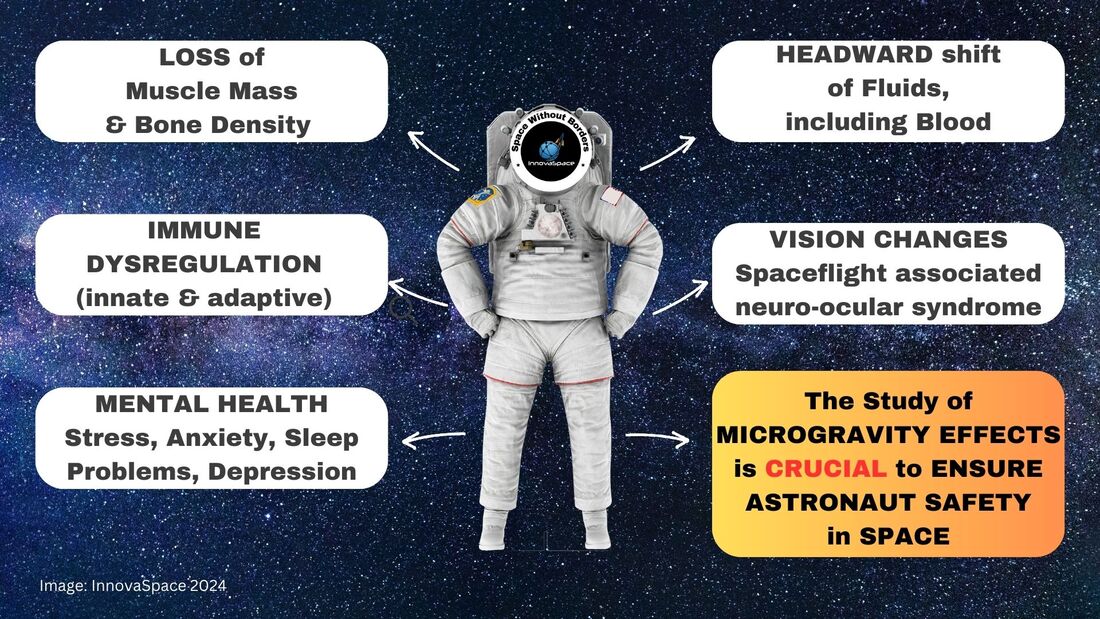
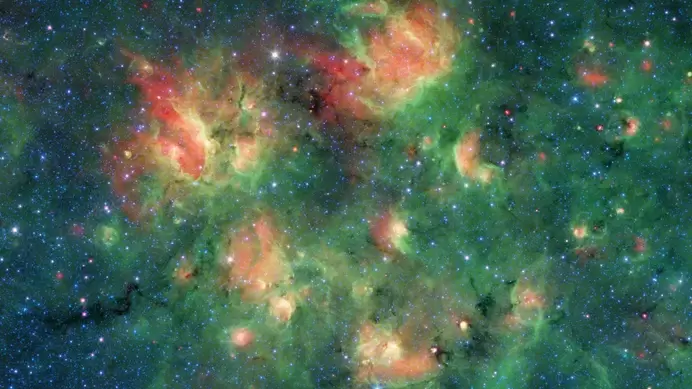



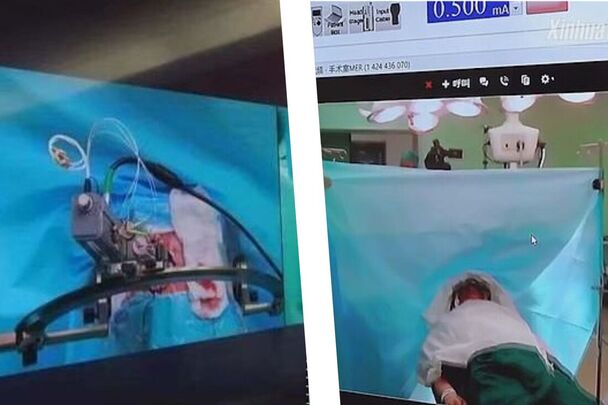

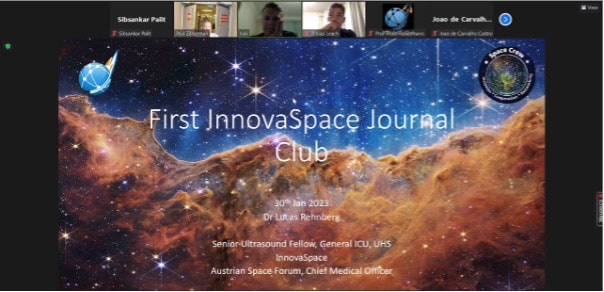


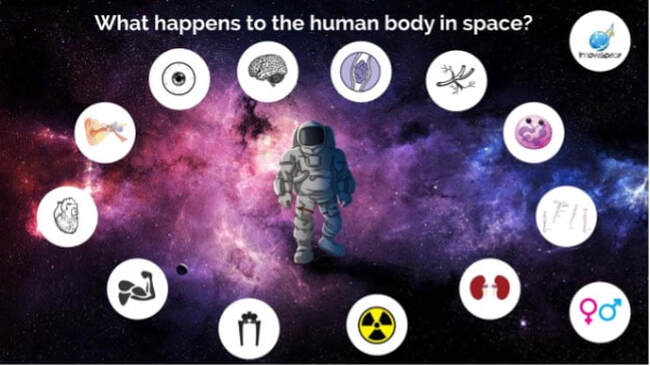

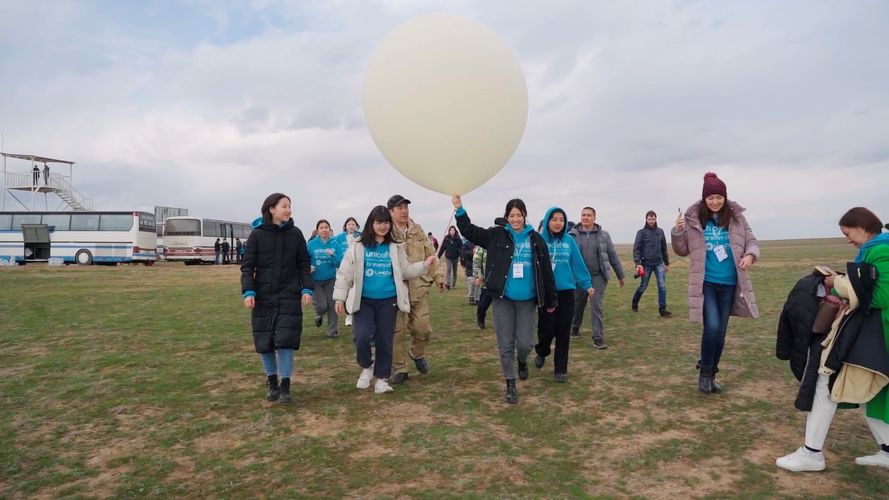
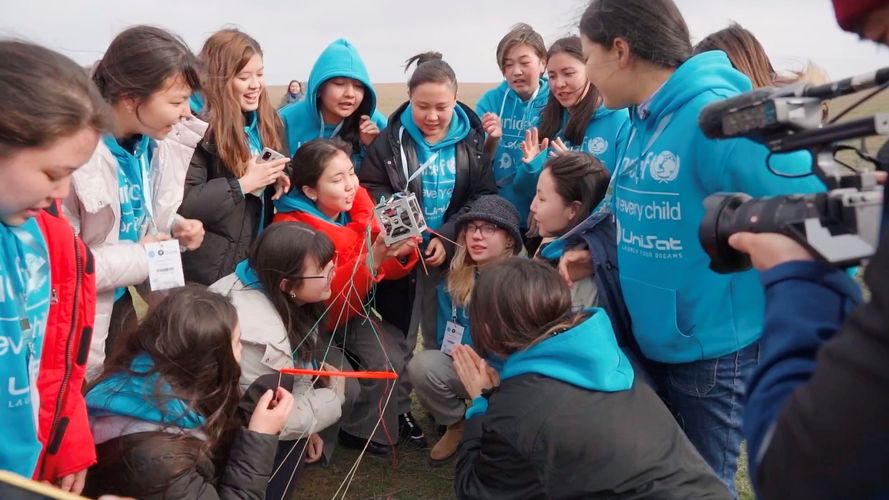
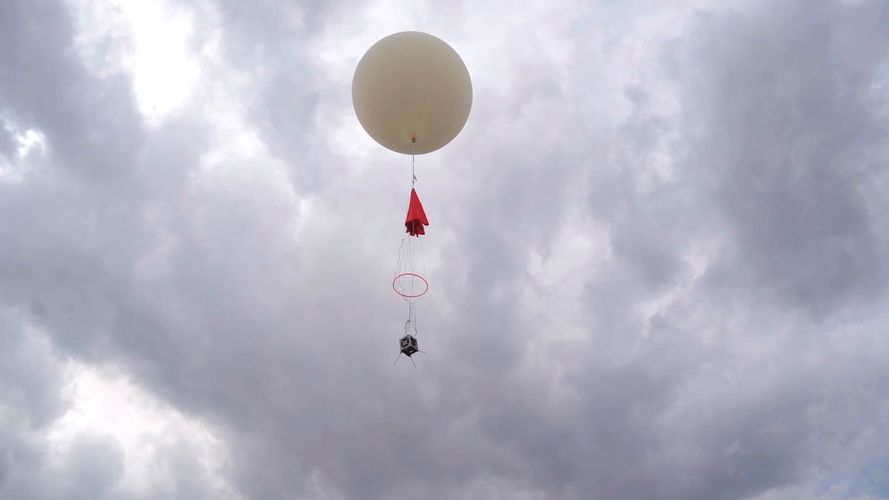
 RSS Feed
RSS Feed